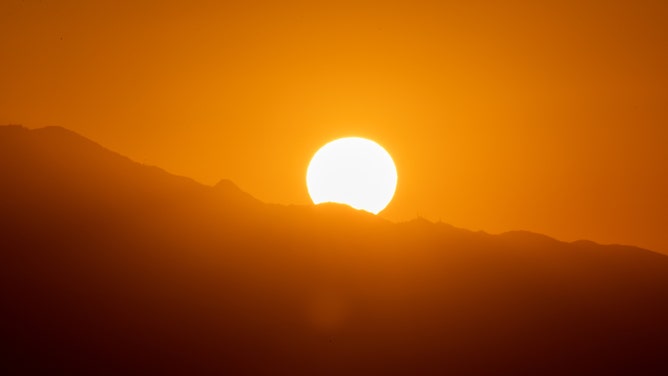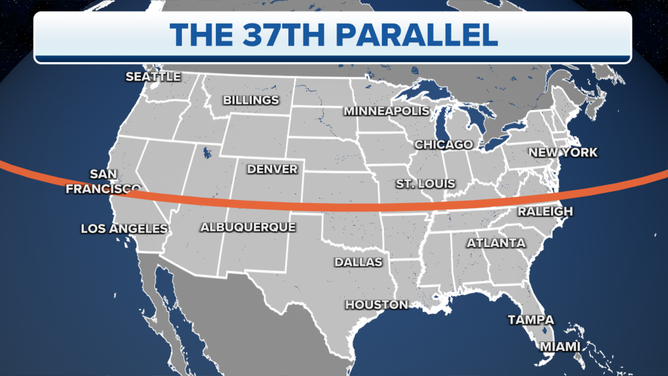Where the Sun is no longer providing enough Vitamin D until next spring
Vitamin D helps the body build and maintain strong bones, in addition to supporting immune health, muscle function and brain cell activity, according to the Mayo Clinic. But for nearly half the country, the sun won't provide enough of the essential vitamin as we head into autumn and winter.
Vitamin D: Why you need the sun
As the sunshines out on you, learn why you need Vitamin D and why it protects you from the sun's rays
Many Americans living north of the 37th degrees North latitude will soon need to find an alternate source of vitamin D, a vital nutrient.
Vitamin D helps the body build and maintain strong bones, in addition to supporting immune health, muscle function and brain cell activity, according to the Mayo Clinic.
While vitamin D can be ingested through a few types of food, the body can also produce its own vitamin D, but it needs the Sun to do it. The Mayo Clinic said the production of vitamin D happens when direct sunlight converts a chemical in our skin into an active form of the nutrient.

FILE - Sun rises over mountains as seen from the Griffith Observatory in Los Angeles, California, United States on September 3, 2022.
(Tayfun Coskun/Anadolu Agency / Getty Images)
When the skin doesn’t receive enough sunlight, the body cannot produce a sufficient amount of vitamin D to maintain certain functions.
This vitamin D deficiency is of particular concern for people who live in areas that don’t receive much direct sunlight, particularly when the seasons change. People who bask in plenty of sunlight during the summer end up experiencing a shortage of direct sunlight and vitamin D come fall, when the Northern Hemisphere is tilted away from the Sun.
MANY OF US HAVE A VITAMIN D DEFICIENCY AND DON'T KNOW IT, RESEARCHERS SAY
The demarcation line for the sunlight haves and have-nots falls around the 37th parallel, or 37 degrees north latitude on a map. This horizontal line begins just south of San Francisco, runs through the northern border of Texas Panhandle and Oklahoma and then along the northern border of North Carolina.

A map showing the 37th parallel.
(FOX Forecast Center / FOX Weather)
Starting in the fall, people living in cities above the 37th parallel, such as Seattle, Billings, St. Louis and New York City, will not receive enough direct sunlight for adequate vitamin D production. Because of this, they will become at higher risk of vitamin D deficiency, according to Harvard Medical School.
To combat this deficiency, residents above the 37th parallel may want to consider taking a vitamin D supplement for the next few months. They will not begin receiving a sufficient amount of direct sunlight for their vitamin D production until spring, when the Northern Hemisphere once again tilted toward the Sun.
When plentiful sunlight returns, however, people should consider wearing sunscreen to prevent too much sun from damaging their skin.
